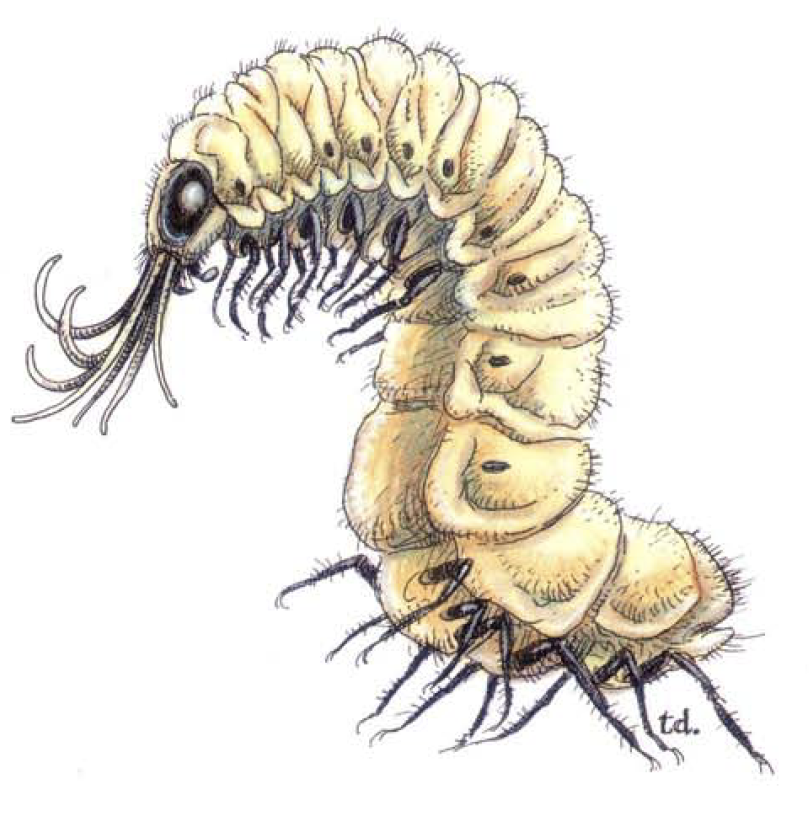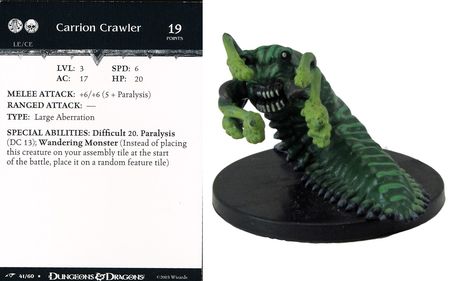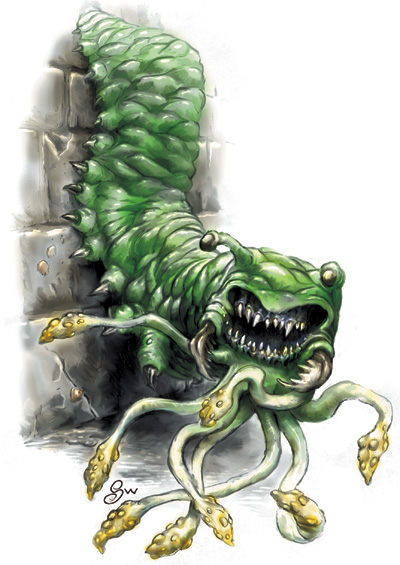

the poison ends when the damage decreases to 0.Īssassin Blood - A creature subjected to this poison must make a DC 10 Constitution saving throw. On a successful save, the poison damage you take on your subsequent turns decreases by 1d6. At the end of each of your turns, you can repeat the saving throw.

At the start of each of your turns while you are poisoned in this way, you take 3d6 poison damage. If you drink it, you take 3d6 poison damage, and you must succeed on a DC 13 constitution saving throw or be poisoned. An identify spell reveals its true nature. However, it is actually poison masked by illusion magic. Potion of Poison - This concoction looks, smells, and tastes like a potion of healing or other beneficial potion. Once applied, the poison retains potency for 1 minute before drying. See Wikia licensing policy and Wikimedia projects Terms of Use for further details.Basic Poison - A creature hit by the poisoned weapon or ammunition must make a DC 10 constitution saving throw or take 1d4 poison damage. As with Forgotten Realms Wiki, the text of Wikipedia is available under the Creative Commons Attribution-ShareAlike 3.0 License. The list of authors can be seen in the page history. The original article was at Carrion crawler. Designed by Mark Buchignani, Ken Eklund, Sarah W. Ravenloft Monstrous Compendium Appendix III: Creatures of Darkness.

Idle Champions of the Forgotten Realms.Baldur's Gate: Tales of the Sword Coast.Sacrifice of the Widow Video Games Pools of Darkness.Waterdeep: Dragon Heist Referenced only Hordes of Dragonspear Novels Canticle.Appendix Appearances Adventures Dungeon #20: "The Ship of Night" The simplicity of acquiring this poison made it commonly used by orcs in the Urghosh locking mechanisms.

Use Ĭarrion crawler brain juice was a dangerous paralytic poison that could be extracted or simply beaten out of the aberration's organ. Habitats īeyond the Prime Material plane, carrion crawlers could be found in the Domains of Dread. Ecology Ĭarrion crawlers' feasting ground and tunnels created by their acidic secretions. Fortunately, this thinned down the numbers of the carrion crawlers substantially, who were also less dangerous at this time, possessing a less effective venom than their adult equivalents. When the young hatched, often in numbers reaching into the hundreds, the baby crawlers quickly turned on one another, eating each other. Behavior Ĭarrion crawlers often laid their eggs within a meal or mounds of waste. Additionally, carrion crawlers had a highly developed sense of smell. Carrion crawlers also had two eye stalks, through which they could perceive their surroundings even in the darkest caverns. Crawlers possessed eight long tentacles protruding from the sides of their heads, allowing them to stun prey. Carrion crawlers were large, pale yellow, and greenish aberrations whose appearance was akin to a three- to four-foot-long centipede.


 0 kommentar(er)
0 kommentar(er)
